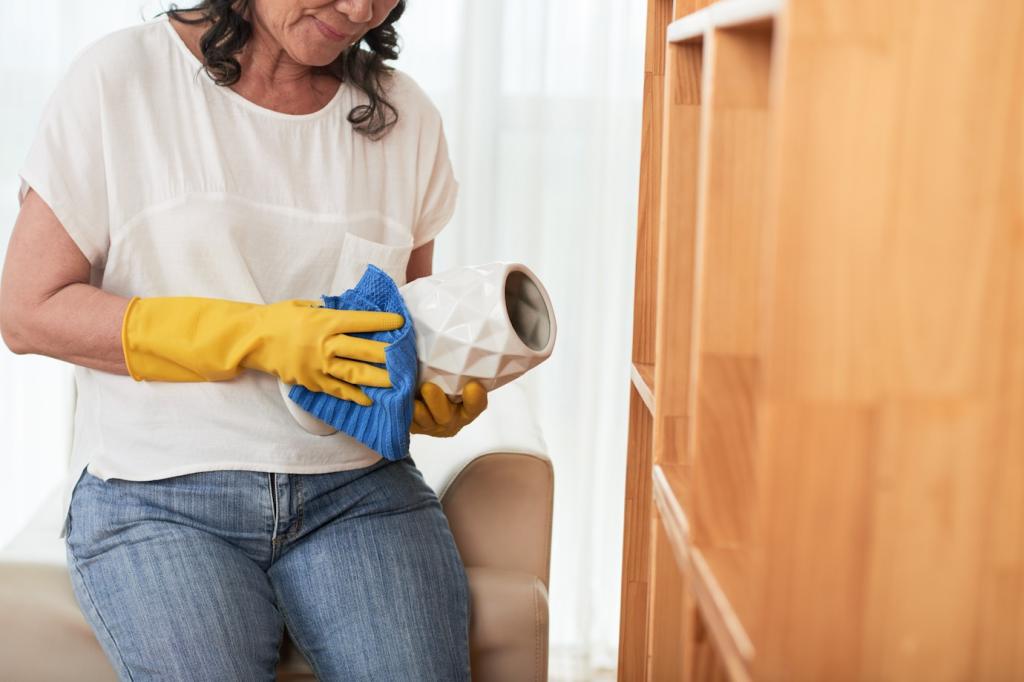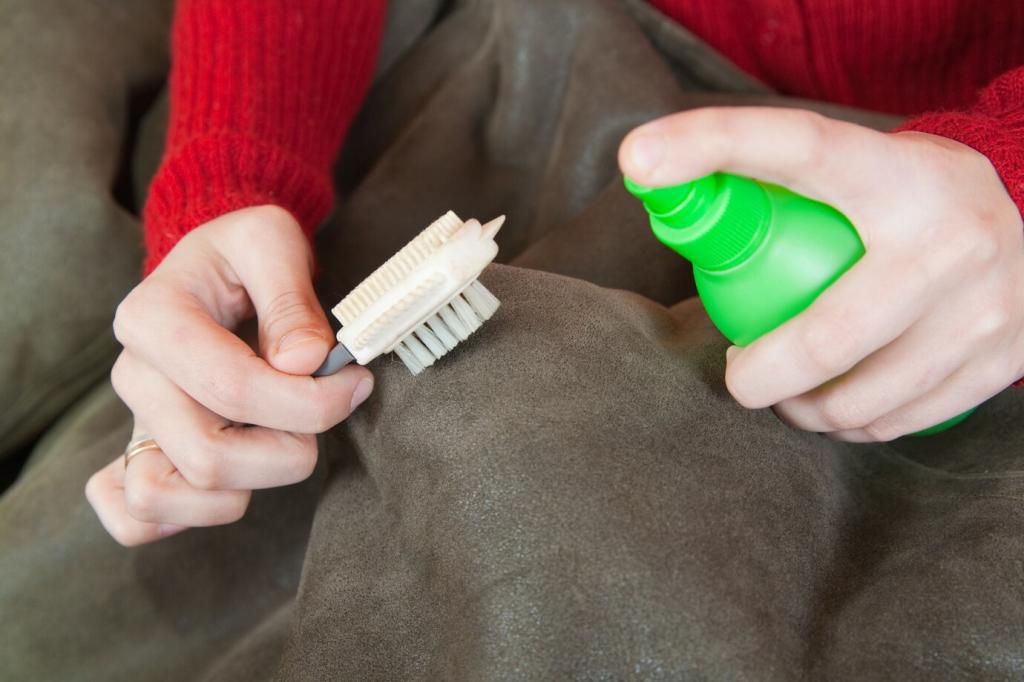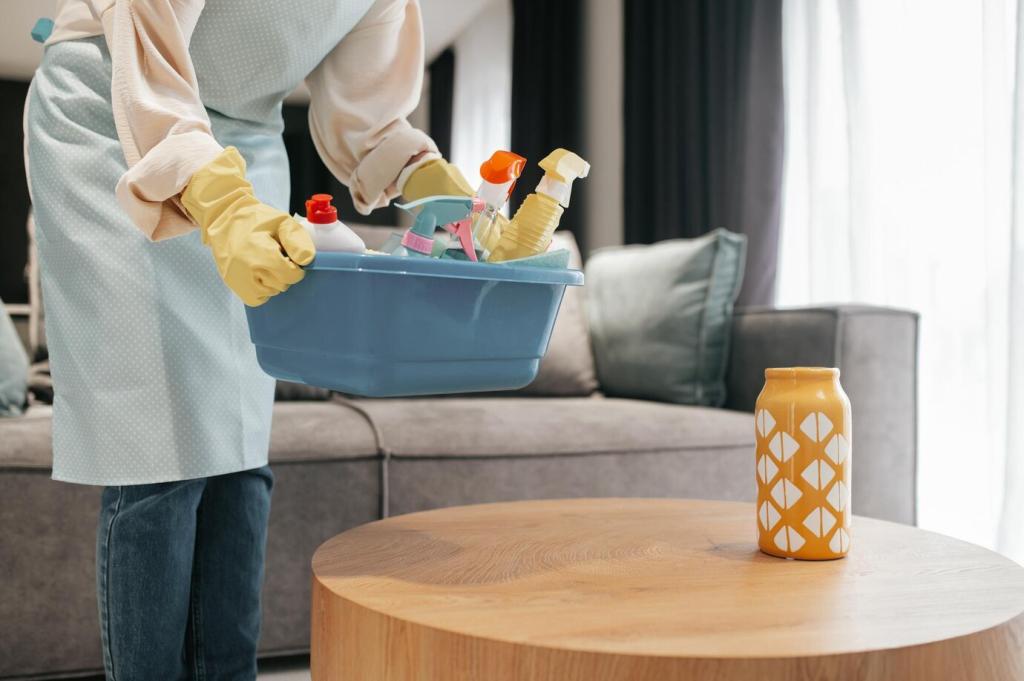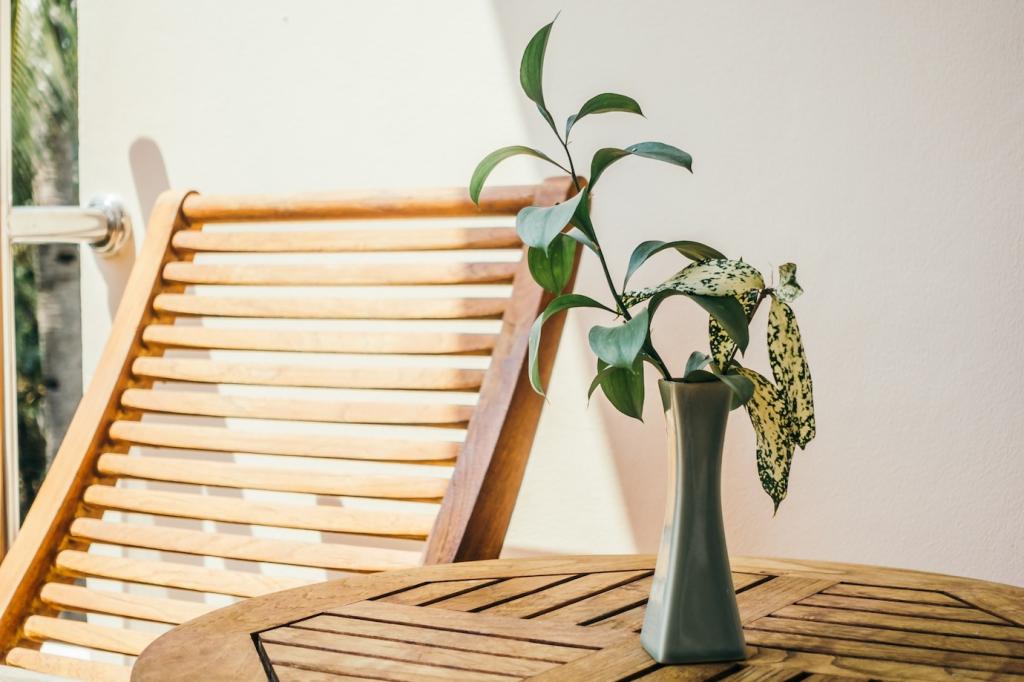Bio-based Cleaners: Lifting Grime the Renewable Way
Citrus terpenes, like d-limonene, dissolve sticky residues beautifully, but they can soften certain finishes if used straight. Always dilute, ventilate, and spot test. For routine care, keep it gentle and buff dry. Tell us which dilutions worked on rings, labels, or old wax haze in your home.
Bio-based Cleaners: Lifting Grime the Renewable Way
Mild surfactants such as decyl glucoside and coco-glucoside are derived from sugars and coconut. They lift soil effectively, rinse clean, and are readily biodegradable. A few drops in warm water, a damp cloth, then a dry buff keeps lacquered surfaces clear. Got a favorite recipe? Share it with our readers.







